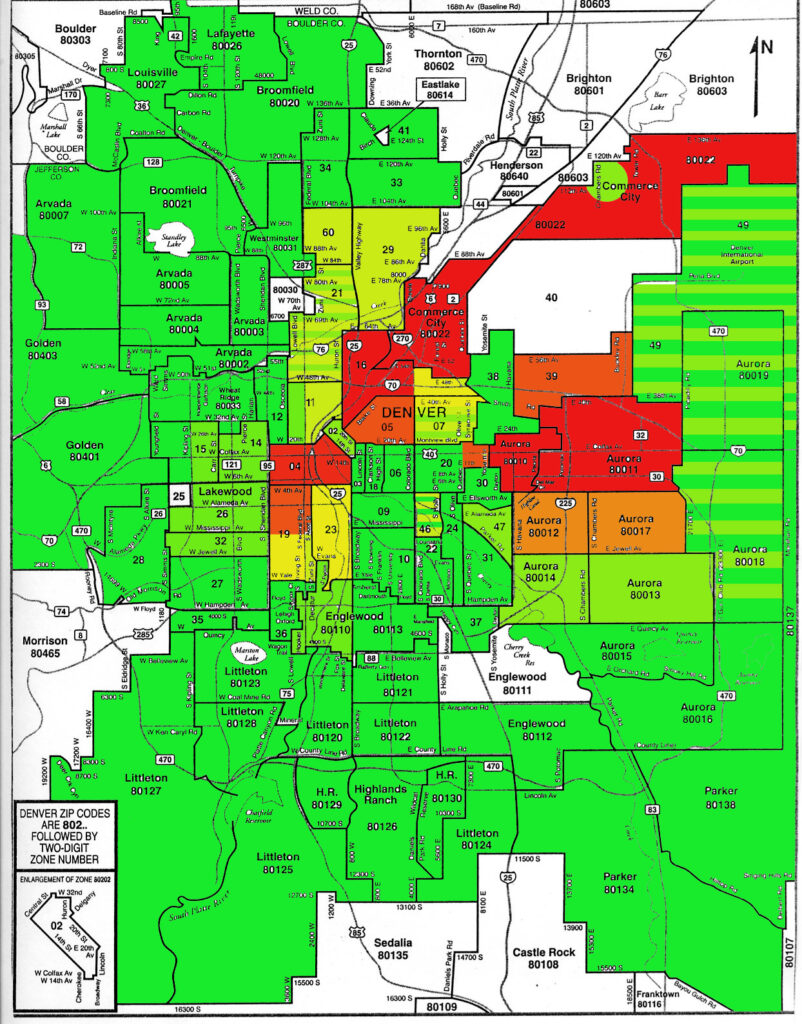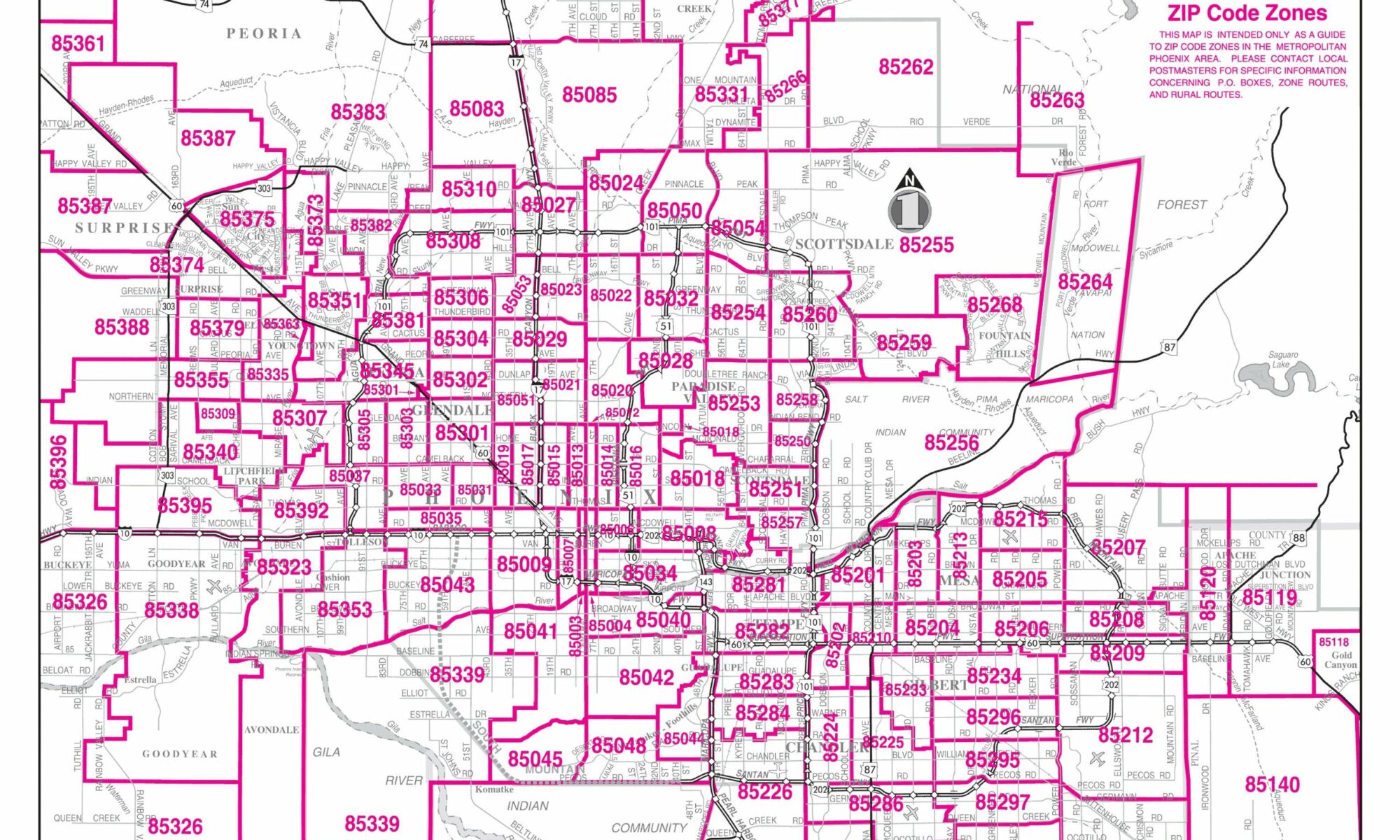Is Your Drinking Water Fluoridated? Checking by Zip Code
Ensuring the health and safety of your drinking water is paramount. One common query among health-conscious individuals is the presence of fluoride in their tap water. This article aims to guide you through understanding your water’s fluoride status based on your zip code.
Tap Into Your Water’s Fluoride Facts
Fluoride has been a topic of discussion for decades. Some herald its dental health benefits, while others call for caution due to potential health risks. Knowing if your tap water is fluoridated can inform you better about your daily consumption.
Navigating the Fluoride Levels in Your Locale
Determining the fluoride content in your water is straightforward. The Centers for Disease Control and Prevention (CDC) provides a comprehensive tool to check the fluoridation status of public water systems.

Fluoride-Free or Not? Zip Code Tells It All
Your zip code is the key to unlocking the fluoride facts of your tap water. Simply inputting it into the CDC’s My Water’s Fluoride (MWF) website will present you with up-to-date information on your local water’s fluoride content.
Understanding Fluoride: A Primer on Your Water
Before diving into the specifics of fluoridation by zip code, it’s crucial to grasp what fluoride is. Fluoride, a mineral lauded for its ability to strengthen teeth and prevent cavities, is often added to public water supplies—a process known as water fluoridation.
Checking Fluoride in Your Water: A Step-by-Step Guide
Now, let’s walk through the process of checking the fluoridation status of your water. First, you’ll need to visit the CDC’s My Water’s Fluoride (MWF) website. There, you’ll enter your zip code, and instantly, the site will provide you with detailed fluoride concentration reports for your area.
Interpreting Results: What Does Fluoride Level Mean for You?
Once you have the results, it’s essential to understand what they imply. The U.S. Public Health Service recommends a fluoride level of 0.7 parts per million (ppm) for optimal dental health. Compare this with your local levels to see how your water stacks up.
Taking Action: What If Your Water Isn’t Fluoridated?
If you find that your water supply lacks fluoride, there are several steps you can take. You might consider using fluoride toothpaste or mouth rinses or even consult with a dental professional about fluoride treatments.
Knowledge is power, especially when it comes to the health implications of your drinking water. With just a few clicks, you can ascertain the presence of fluoride in your water supply. Stay informed, and take the necessary steps to ensure your water’s quality is up to your standards.


